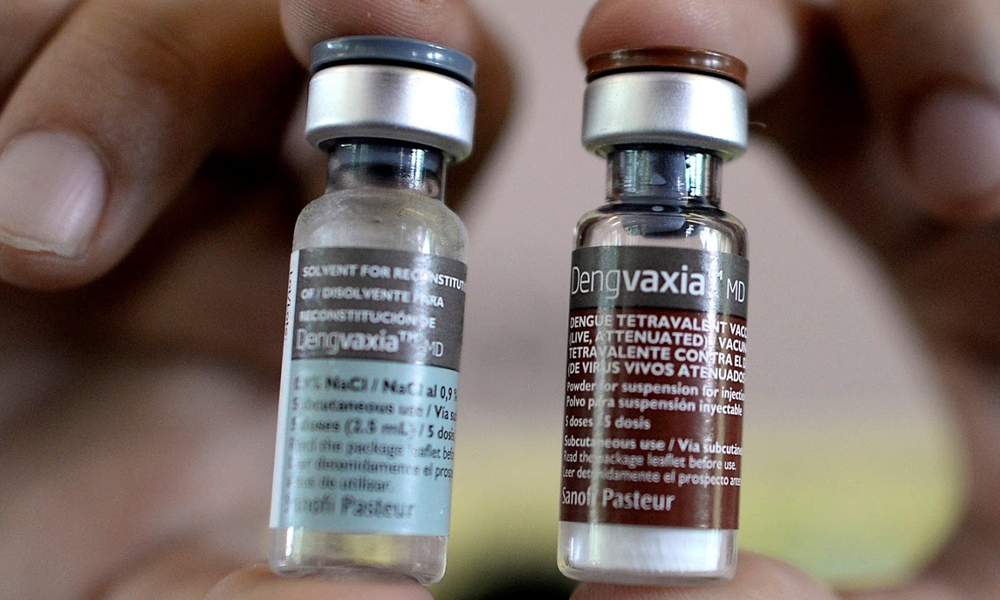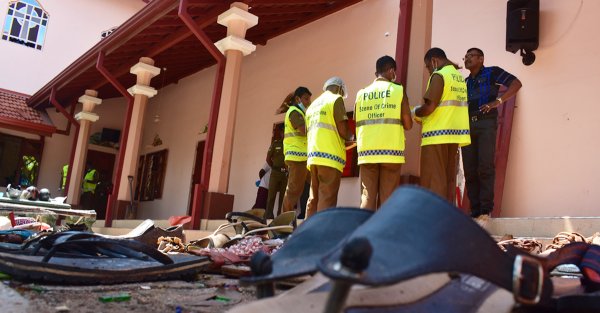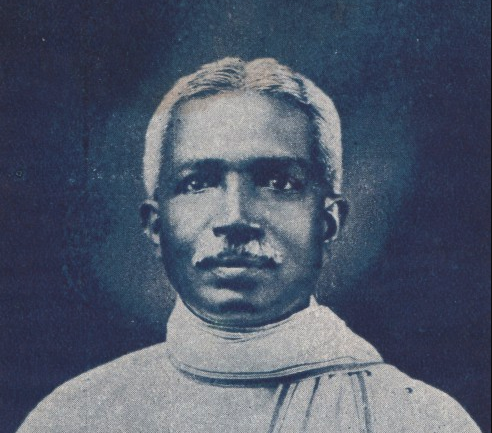
Nearly everyone in Sri Lanka knows the basic fact sheet about dengue: it spreads through mosquitoes, usually black with white markings. According to schools and health inspectors, they breed in fresh-water collected just about anywhere—tyres lying around in the garden, plastic containers, coconut shells, pockets of polythene and so on. A high fever lasting over three days, combined with nausea and spotty rashes on your skin are symptomatic of having contracted the virus.
Despite all this being common knowledge, dengue continues to rise in Sri Lanka. The first half of 2017 saw dengue cases increase by more than 4.3 times in comparison to the previous year. There were over a 185,000 cases reported last year, as opposed to 55,150 reported in 2016. The virus is spreading rapidly, with the outbreak hitting a record high over the last three decades, resulting in over 300 deaths last year alone.
This year, numbers continue to spike. There have been over 10,677 reported cases as of the time of writing.
Sri Lanka has successfully battled mosquito-borne disease, and was certified as a malaria-free zone in 2016. So why is dengue a much harder disease to battle?
Difficulty With Eradication

Fumigating public areas in an attempt to eradicate dengue mosquitoes. Image Courtesy: dailynews.lk
Tackling malaria was relatively easier because it was caused by a parasite, Dr. Prasila Samaraweera, from the National Dengue Control Unit (NDCU) told Roar Media.
“For malaria, there are specific medications which can kill the parasite. Dengue is a virus, and it constantly evolves. Dengue also has symptomatic treatment, so the illness cannot be contained except by controlling the mosquito population,” she added.
Sri Lanka is home to approximately 140 species of mosquitoes. Two of those, the Aedes Aegypti and Aedes Albopictus mosquitoes are carriers of the dengue virus. An interesting fact to note is that not all mosquitoes are born with the disease—they can contract it from other infected species, including humans. The mosquitoes flourish in areas populated with people, and will fly upto 200 metres looking for suitable areas to lay their eggs. They can travel about 800 metres in total during their lifespan, and carry the virus to areas which were previously free of it. Likewise, if the virus-carrying mosquitoes were somehow contained within that specific radius, it could bite a human who would then become a vector and carry the disease to fresh territories.
According to Dr. Samaraweera, only 5% of the mosquitoes are born with the dengue strain, but often contract it during their lifetime and passes it on.
“If someone gets the dengue fever and virus-free Aedes mosquito bites them, the mosquito could get infected as well,” she said.
In addition to this, there’s also more than just water containers to worry about.
Priyanie Amerasinghe, a senior researcher in Human and Environmental Health and a team member of the malaria eradication task force, pointed out that the mosquito has evolved enough to be able to breed even in brackish water.
“According to new sources, the Aedes Aegypti and Aedes Albopictus mosquitoes can also breed in foul water. We didn’t look for these mosquitoes in that habitat before,” she said, adding that this is a new factor to take into consideration when taking steps to tackle the epidemic.
A study conducted in Jaffna, where there a high number of cases were reported in areas close to brackish water, revealed that the Aedis mosquitoes had adapted to brackish water.
Prevention And Control
While it’s nearly impossible to control the mosquito population, Sri Lanka is taking a number of steps which adopted by other countries to contain the virus.
One of these measures is to introduce the wolbachia bacteria, Dr. Samaraweera said. Though usually present in most insect species, it doesn’t occur naturally in Aedis mosquitoes. When introduced to the dengue vectors, the bacteria “helps reduce the transmission of these viruses to people”.
Other methods of control include the Sterile Insect Technique, she added. According to the FAO, “The Sterile Insect Technique (SIT) is the first insect pest control method that uses genetics. It is most simply described as a form of insect birth control that is carried out on an area-wide basis. The SIT involves mass breeding huge quantities of target insects in a ‘factory’ and sterilizing the males by exposing them to low doses of radiation. These sterile male flies are then released by air over infested areas, where they mate with wild females. If the sterile males vastly outnumber the fertile wild males, the wild fly population quickly dies out”.
However, more work needs to be done on a larger scale, involving both the government and the general public. Elaborating more on this, Dr. Samaraweera stated that the most important thing is to manage garbage disposal, and streamline waste management.
Eradicating dengue isn’t just about clearing out pockets of water in gardens and drains—it’s connected to so much more. Nor is it something that is purely the government’s responsibility. Given its impact and how it is a national issue, it’s something that needs to be tackled from each segment of society: starting from how you dispose your everyday garbage, to maintaining a clean environment which isn’t conducive for mosquitoes to breed in.
Dengvaxia—Not A Solution

Despite there being a vaccine developed to counter dengue, this was not approved of in Sri Lanka. Image Courtesy: abs-cbn.com
Last year, Roar Media reported on Dengvaxia, an anti-dengue vaccine used in a number of developing countries but which was yet to be introduced to Sri Lanka.
In June 2016, an official application for the approval of the sale and use of Dengvaxia in Sri Lanka was submitted to the National Medicines Regulatory Authority (NMRA)—Sri Lanka’s official regulatory body for pharmaceuticals.
The vaccine was developed by Sanofi Pasteur, the vaccine division of French multinational pharmaceutical company Sanofi Aventis. The company’s South Asia Country Head, Jean-Pierre Baylet told Roar Media they had “long-term data on the safety of our vaccine for six years post-vaccination from the first efficacy study, and for five years from the phase III studies”.
Despite this, the vaccine never made it to Sri Lanka. Recent updates as of last December revealed that the vaccine actually “worsened the disease in some people.”
The Sri Lankan government authorities were concerned over the research methodology and effectiveness of the vaccine, thus blocking it from being introduced to the country, sources stated.
“I don’t think there are any countries using this anymore. The vaccine was problematic, and is supposed to be administered to patients who had already contracted the disease in the past. How can we precisely know who were and were not affected by the virus? There is no controversy on the topic—we made it clear that this vaccine wouldn’t be used by us last year itself,” Dr. Samaraweera concluded.
Cover Image Courtesy: pageone.ph








